Home>Furniture & Design>Outdoor Furniture>How To Restore Wooden Outdoor Furniture
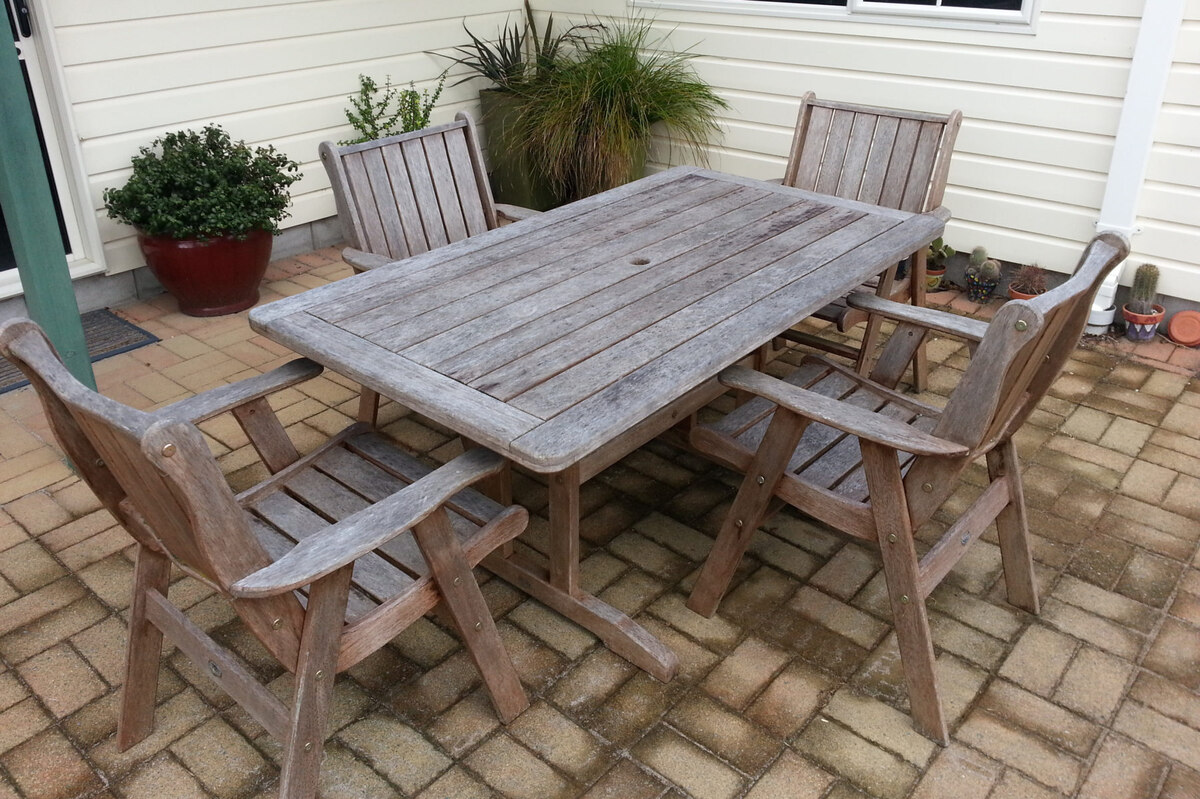

Outdoor Furniture
How To Restore Wooden Outdoor Furniture
Modified: January 15, 2024
Learn how to restore your outdoor wooden furniture to its former glory with our expert tips and techniques. Enhance the beauty and longevity of your outdoor space. Outdoor furniture, furniture, and design.
(Many of the links in this article redirect to a specific reviewed product. Your purchase of these products through affiliate links helps to generate commission for Storables.com, at no extra cost. Learn more)
Introduction
Welcome to the world of outdoor furniture restoration! Whether you have a cherished wooden bench that has weathered countless seasons or a vintage teak table that has seen better days, the process of reviving wooden outdoor furniture can be incredibly rewarding. Restoring wooden outdoor furniture not only breathes new life into your beloved pieces but also allows you to reconnect with the craftsmanship and history behind each item.
As you embark on this journey, you'll discover the joy of transforming weathered, worn-out furniture into stunning focal points for your outdoor space. The process involves a combination of assessment, cleaning, sanding, and finishing, all of which contribute to the revival of your wooden treasures.
In this guide, we will delve into the intricacies of restoring wooden outdoor furniture, providing you with invaluable insights and expert tips to ensure that your project yields exceptional results. From assessing the condition of the furniture to applying a protective finish, each step plays a pivotal role in the restoration process. Additionally, we will explore the importance of ongoing maintenance to preserve the beauty and functionality of your newly restored pieces.
So, roll up your sleeves, gather your supplies, and get ready to embark on a journey that celebrates the art of rejuvenation and the timeless allure of wooden outdoor furniture. Let's breathe new life into your outdoor oasis!
Key Takeaways:
- Revive weathered outdoor furniture by assessing, cleaning, sanding, and applying a protective finish. Ongoing maintenance ensures longevity and preserves the timeless allure of wooden pieces.
- Transform worn-out outdoor furniture into stunning focal points. Assess, clean, sand, and apply a protective finish to breathe new life into cherished wooden treasures.
Read more: How To Restore Outdoor Vinyl Furniture
Assessing the Condition of the Furniture
Before diving into the restoration process, it is crucial to assess the current condition of your wooden outdoor furniture. Exposure to the elements, such as sunlight, rain, and fluctuating temperatures, can take a toll on wooden surfaces, leading to discoloration, cracks, and a weathered appearance. By carefully evaluating the state of the furniture, you can determine the extent of the restoration required and develop a tailored approach to breathe new life into each piece.
Begin by conducting a thorough visual inspection of the furniture. Look for signs of wear, such as faded or peeling finish, mildew, mold, or areas of uneven coloration. Take note of any structural issues, such as loose joints or splintered wood, as these will need to be addressed during the restoration process.
Next, assess the level of surface damage. Run your hand along the furniture to feel for rough patches, raised grain, or areas where the finish has deteriorated. This tactile assessment can provide valuable insights into the condition of the wood, guiding your approach to the subsequent cleaning and sanding stages.
For a more in-depth evaluation, consider the furniture’s history and age. Antique or vintage pieces may require extra care and preservation techniques to honor their heritage and maintain their intrinsic value. Understanding the wood species and construction methods used in the furniture’s fabrication can also influence the restoration approach, as different woods and joinery techniques may respond differently to restoration methods.
By taking the time to thoroughly assess the condition of your wooden outdoor furniture, you can gain a comprehensive understanding of the restoration challenges ahead. This initial step sets the stage for a tailored and effective restoration process, ensuring that your efforts yield remarkable results and breathe new life into your outdoor furniture treasures.
Cleaning the Furniture
Once you have assessed the condition of your wooden outdoor furniture, the next crucial step in the restoration process is thorough cleaning. Over time, outdoor furniture accumulates dirt, grime, and environmental residues that can diminish its aesthetic appeal and compromise the integrity of the wood. By meticulously cleaning the furniture, you can prepare the surface for subsequent restoration steps while revitalizing its natural beauty.
Before commencing the cleaning process, ensure that the furniture is placed on a stable, level surface in a well-ventilated area. Begin by removing any loose debris, such as leaves, twigs, or cobwebs, using a soft-bristled brush or a handheld vacuum with a brush attachment. Pay close attention to crevices, joints, and intricate details to eliminate trapped dirt and debris.
For general cleaning, prepare a gentle solution using warm water and a mild dish soap or specialized wood cleaner. Dip a soft sponge or cloth into the cleaning solution and gently scrub the entire surface of the furniture, working in the direction of the wood grain. This method effectively removes surface dirt and grime without compromising the wood’s integrity.
In cases where mold or mildew is present, a solution of equal parts water and white vinegar can be highly effective in eliminating these unsightly contaminants. Apply the vinegar solution to the affected areas using a soft brush or cloth, allowing it to sit for a few minutes before gently scrubbing and rinsing thoroughly. Always wear protective gloves and ensure adequate ventilation when working with cleaning solutions.
After cleaning, rinse the furniture with clean water to remove any residual cleaning agents. Allow the furniture to dry completely before proceeding to the next restoration phase. Depending on the climate and weather conditions, this may involve leaving the furniture to air dry outdoors or using a clean, dry cloth to remove excess moisture.
By diligently cleaning your wooden outdoor furniture, you not only prepare the surface for subsequent restoration steps but also unveil the inherent beauty of the wood. This revitalizing process sets the stage for the transformative journey ahead, ensuring that your efforts yield stunning results that honor the craftsmanship and timeless allure of your outdoor furniture.
To restore wooden outdoor furniture, start by cleaning the surface with a mild soap and water. Sand any rough areas, apply a wood stain or sealant, and finish with a protective outdoor varnish.
Sanding the Furniture
As you progress through the restoration of your wooden outdoor furniture, the process of sanding plays a pivotal role in rejuvenating the surface and preparing it for the application of a protective finish. Sanding not only smoothens the wood but also removes imperfections, old finish, and surface blemishes, setting the stage for a pristine and revitalized appearance.
Before embarking on the sanding process, ensure that the furniture is completely dry from the cleaning phase. Additionally, inspect the furniture for any remaining stubborn stains, rough patches, or areas of raised grain that may require targeted attention during sanding.
Begin by selecting the appropriate sandpaper grit based on the condition of the furniture. For initial sanding to remove old finish and surface imperfections, coarse-grit sandpaper, such as 80 to 100 grit, is recommended. As you progress to refining the surface and smoothing out the wood, transition to medium-grit sandpaper, typically in the range of 120 to 150 grit. Finally, for achieving a silky-smooth finish, fine-grit sandpaper, around 180 to 220 grit, is utilized.
When sanding, it is crucial to work in the direction of the wood grain to prevent unsightly cross-grain scratches and ensure a uniform surface appearance. Using a sanding block or a random orbital sander can facilitate even and consistent sanding, especially on flat surfaces. For intricate details and contoured areas, consider using sanding sponges or folded sandpaper to access hard-to-reach spots with precision.
Throughout the sanding process, periodically inspect the furniture’s surface to gauge the progress and identify any lingering imperfections. This allows for targeted sanding in specific areas that may require additional attention to achieve a flawless result. Take care to maintain a steady hand and consistent pressure to avoid over-sanding or creating uneven surfaces.
Once the sanding process is complete, thoroughly remove all sanding dust from the furniture using a clean, dry cloth or a vacuum with a brush attachment. This step is crucial to ensure a pristine surface for the subsequent application of the protective finish.
By meticulously sanding your wooden outdoor furniture, you pave the way for a transformation that highlights the natural beauty of the wood. This essential step sets the stage for the application of a protective finish, breathing new life into your cherished outdoor furniture and revitalizing its allure for years to come.
Applying a Finish
With the cleaning and sanding phases complete, the application of a protective finish is the crowning step in the restoration of wooden outdoor furniture. A high-quality finish not only enhances the visual appeal of the wood but also shields it from environmental elements, ensuring longevity and resilience against outdoor conditions.
Before applying the finish, carefully consider the type of product that best suits your furniture and the desired aesthetic. Options range from penetrating oils that enrich the natural beauty of the wood to durable varnishes and polyurethane finishes that provide robust protection against moisture and UV exposure. Additionally, translucent stains can impart color while preserving the wood’s grain, adding a touch of personalization to the restoration process.
When applying the finish, ensure that the furniture is situated in a well-ventilated area with minimal dust and debris. Stir the finish thoroughly to evenly distribute any settled pigments or additives, ensuring a consistent application and optimal performance. Prior to application, conduct a small test patch in an inconspicuous area to assess the finish’s compatibility and the final appearance it imparts to the wood.
Using a high-quality natural bristle brush, foam brush, or a clean, lint-free cloth, apply the finish in smooth, even strokes, working in the direction of the wood grain. Take care to maintain a wet edge to prevent lap marks and ensure uniform coverage. For intricate details and hard-to-reach areas, utilize smaller brushes or applicators to achieve comprehensive coverage.
After the initial application, allow the finish to penetrate and dry according to the manufacturer’s recommendations. Depending on the product, this may involve multiple coats to achieve the desired level of protection and visual impact. Between coats, lightly sand the surface with fine-grit sandpaper or steel wool to promote adhesion and smooth out any imperfections or raised grain.
Upon completing the final coat, allow the furniture to dry undisturbed in a dust-free environment to facilitate proper curing and hardening of the finish. This crucial curing period ensures that the finish achieves its maximum protective potential, safeguarding the wood against outdoor elements and wear.
By applying a protective finish to your wooden outdoor furniture, you not only enhance its natural beauty but also fortify it against the rigors of outdoor living. This transformative step preserves the timeless allure of your cherished pieces, ensuring that they continue to enrich your outdoor space for years to come.
Read more: How To Restore Wood Outdoor Furniture
Maintaining the Furniture
After investing time and effort into restoring your wooden outdoor furniture, ongoing maintenance is essential to preserve its renewed beauty and safeguard it against the elements. By implementing a proactive maintenance routine, you can extend the longevity of your revitalized pieces and continue to enjoy their timeless appeal for years to come.
Regular cleaning is a cornerstone of furniture maintenance. Periodically remove surface debris, such as leaves, pollen, and dust, using a soft-bristled brush or a gentle blast of compressed air. This simple practice prevents the accumulation of abrasive particles that can compromise the finish and wood surface over time.
For routine cleaning, a mild solution of dish soap and water is effective in removing surface grime and maintaining the furniture’s luster. Gently scrub the wood with a soft sponge or cloth, followed by thorough rinsing and drying. Avoid harsh cleaning agents or abrasive tools that can damage the protective finish and expose the wood to potential harm.
Inspect the furniture regularly for signs of wear, such as scratches, dents, or areas where the finish has worn thin. Addressing these issues promptly can prevent moisture intrusion and protect the wood from potential damage. Utilize touch-up products recommended by the finish manufacturer to maintain the integrity and visual appeal of the furniture’s surface.
As outdoor furniture is continuously exposed to sunlight and fluctuating weather conditions, periodic assessment of the protective finish is vital. Look for signs of UV damage, fading, or water penetration, and consider applying a fresh coat of finish as needed to reinforce the wood’s resilience and aesthetic charm.
During inclement weather or extended periods of non-use, consider covering your outdoor furniture with breathable, weather-resistant furniture covers. These covers provide an additional layer of protection against the elements, minimizing exposure to moisture and UV radiation, and preserving the furniture’s pristine condition.
Finally, prioritize the placement of your outdoor furniture to minimize prolonged exposure to direct sunlight, heavy rainfall, or extreme temperature variations. Strategic positioning can significantly extend the life of the protective finish and wood, ensuring that your restored pieces remain vibrant and inviting for years to come.
By incorporating these maintenance practices into your outdoor furniture care routine, you can safeguard the beauty and integrity of your restored wooden pieces, allowing them to continue enriching your outdoor living space with timeless elegance and enduring charm.
Frequently Asked Questions about How To Restore Wooden Outdoor Furniture
Was this page helpful?
At Storables.com, we guarantee accurate and reliable information. Our content, validated by Expert Board Contributors, is crafted following stringent Editorial Policies. We're committed to providing you with well-researched, expert-backed insights for all your informational needs.
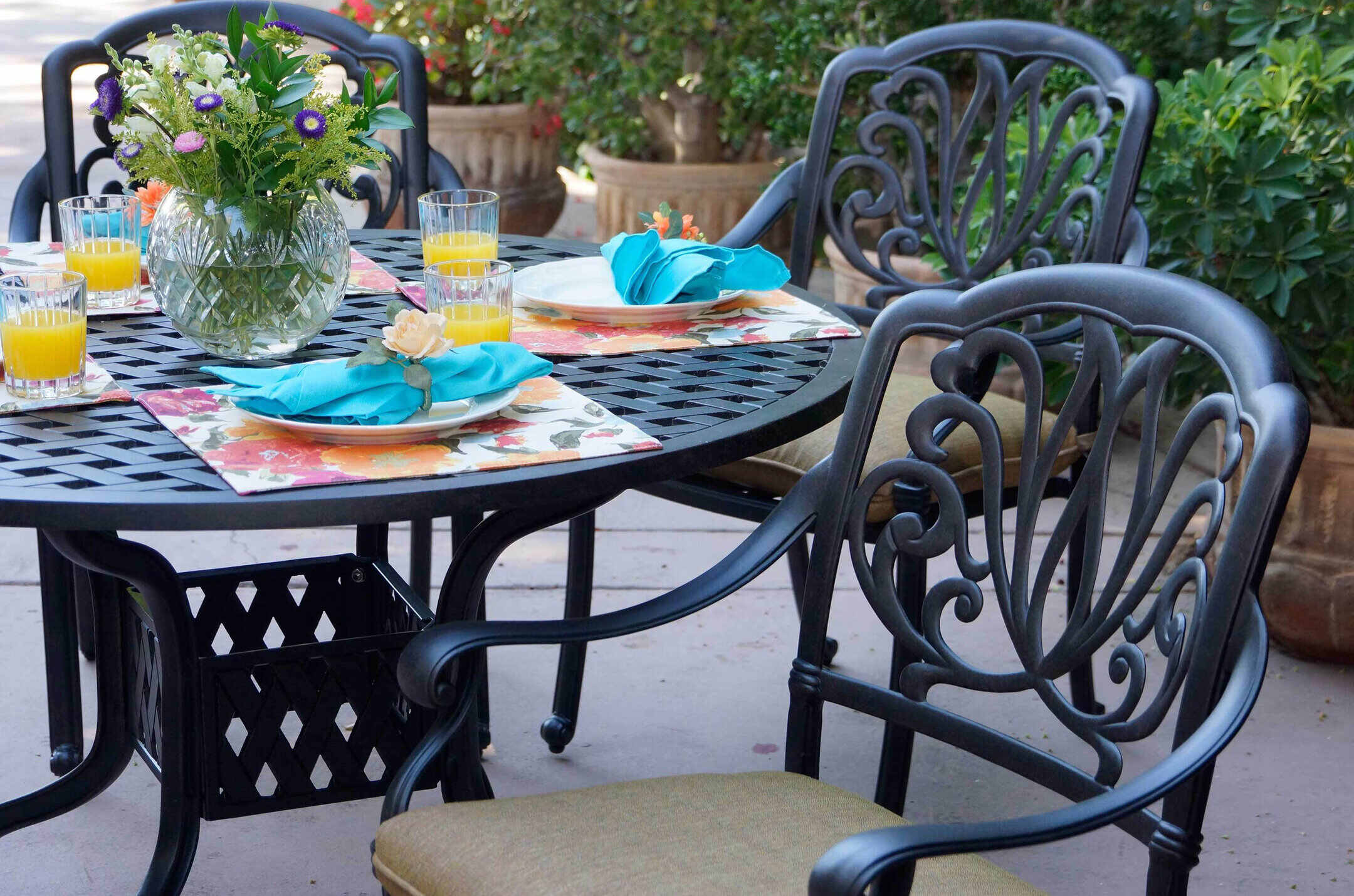
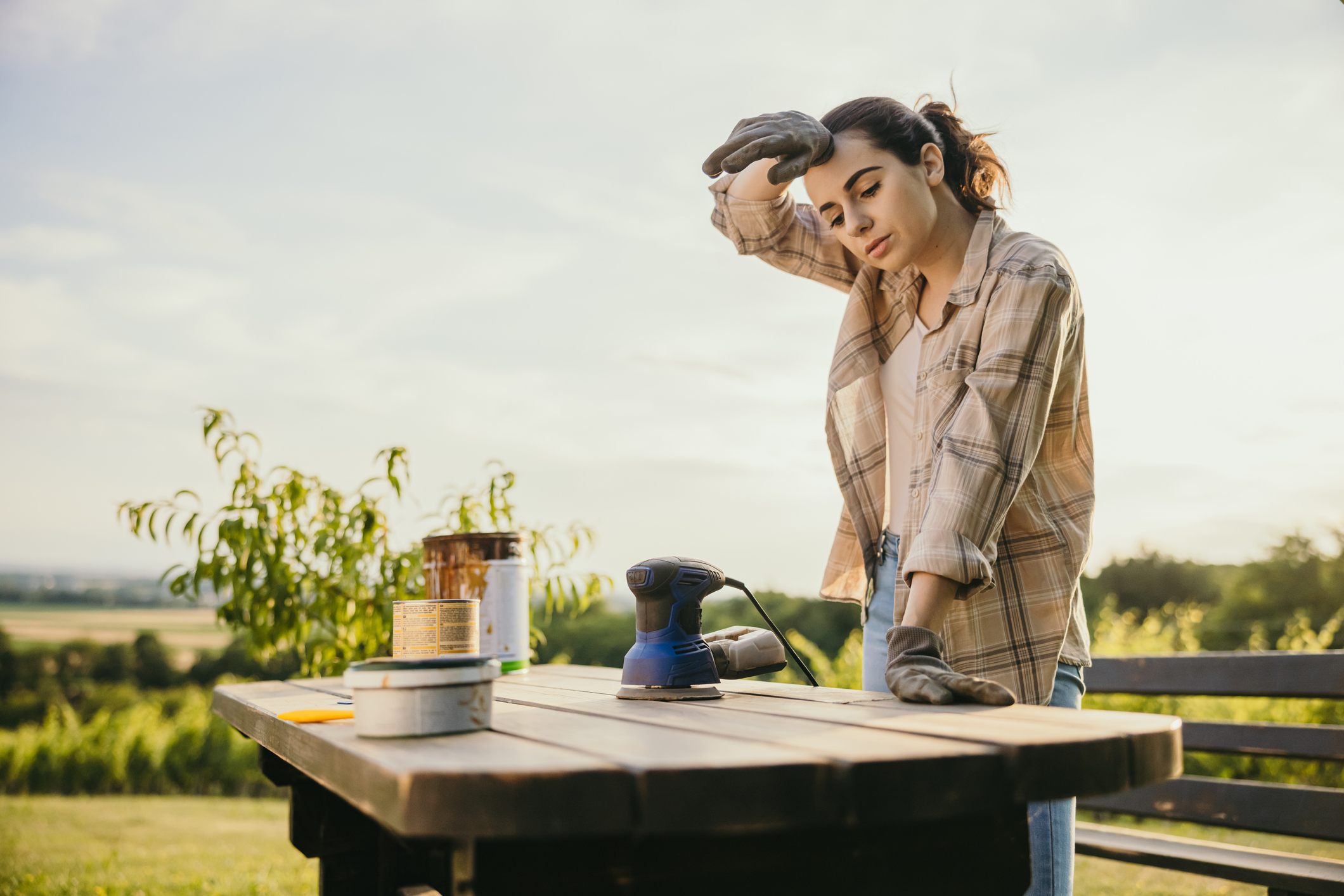
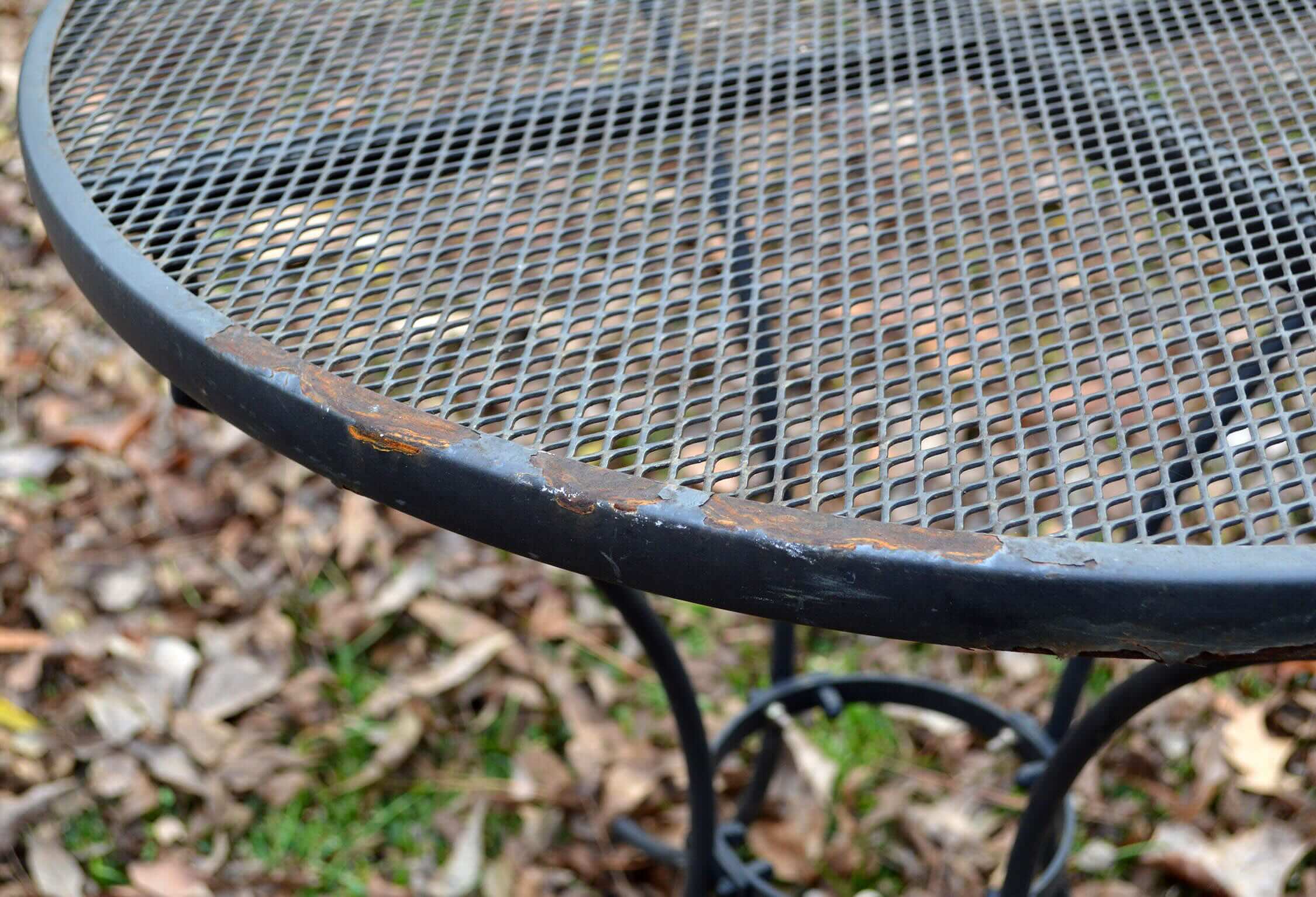
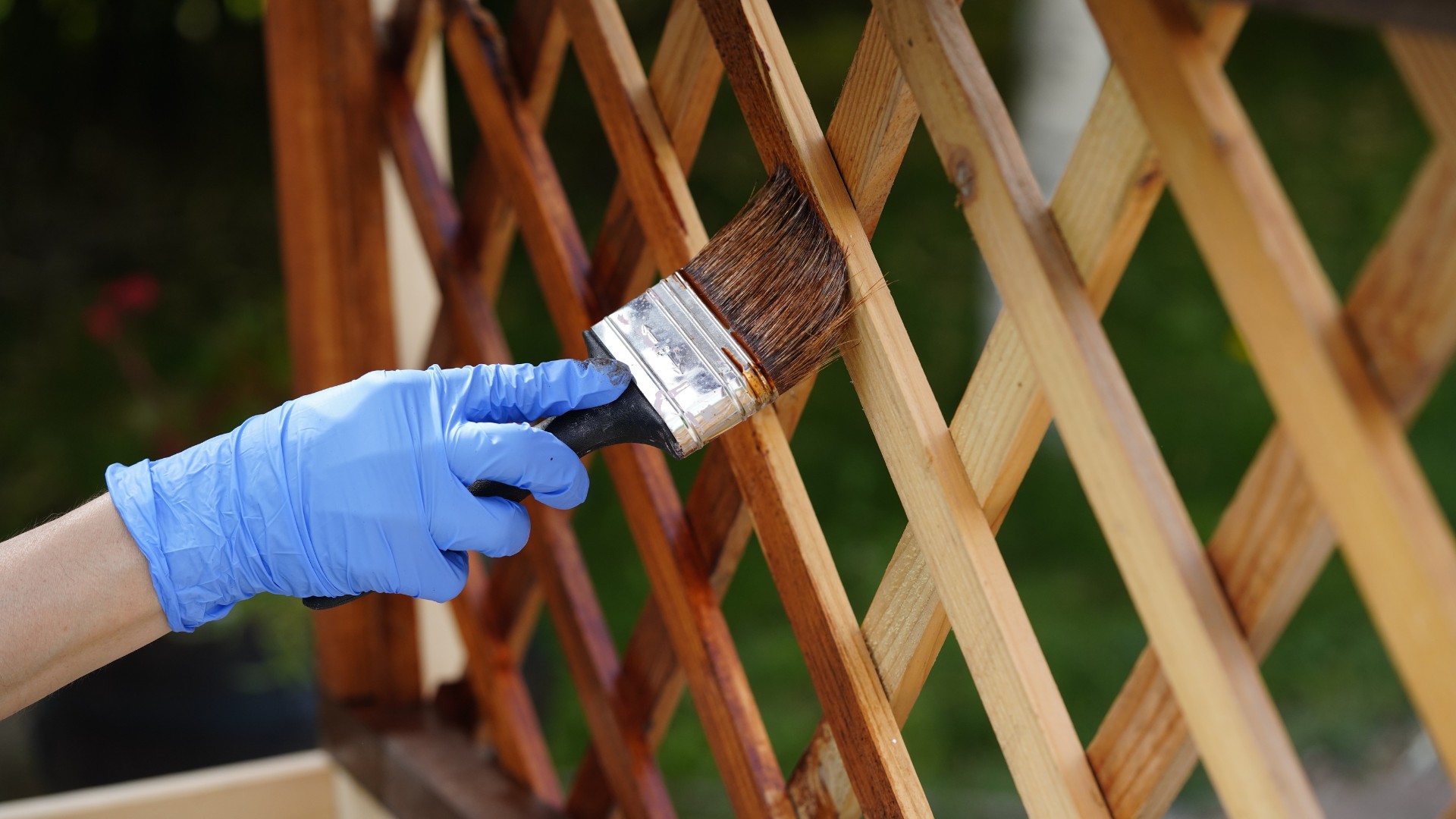
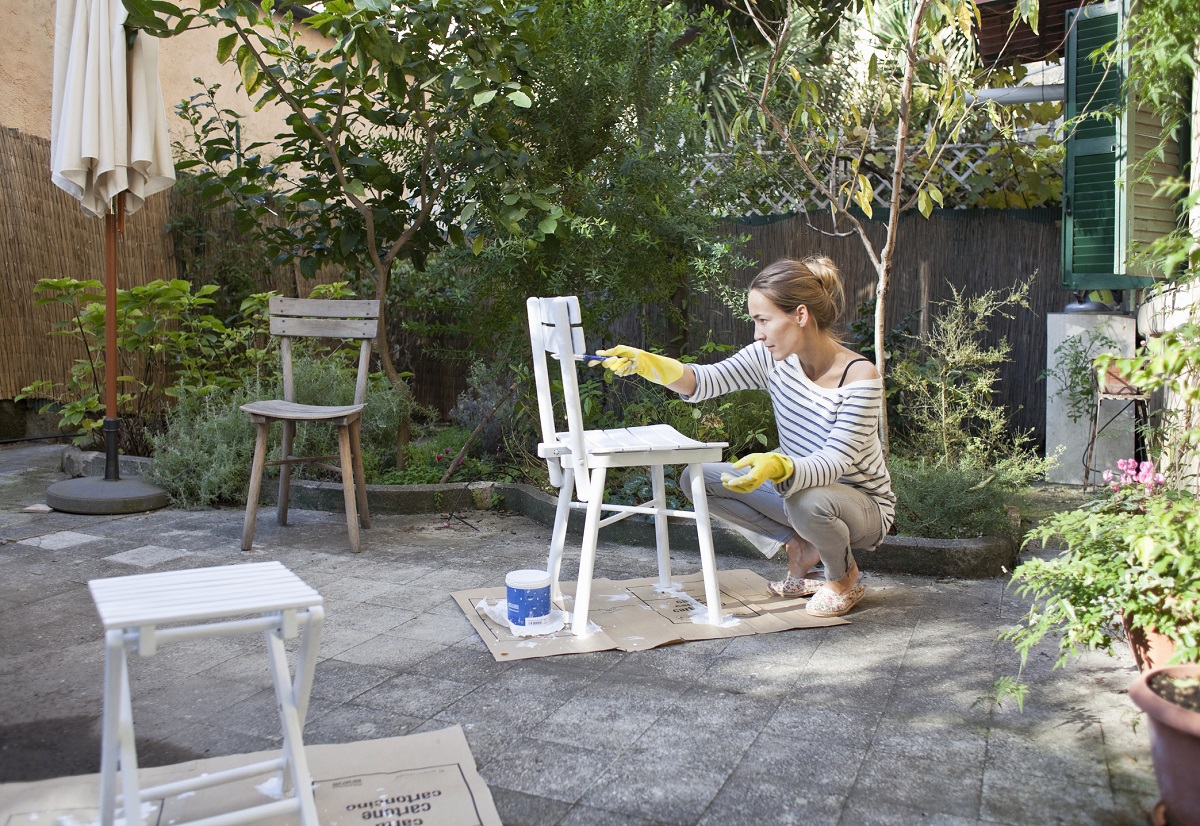
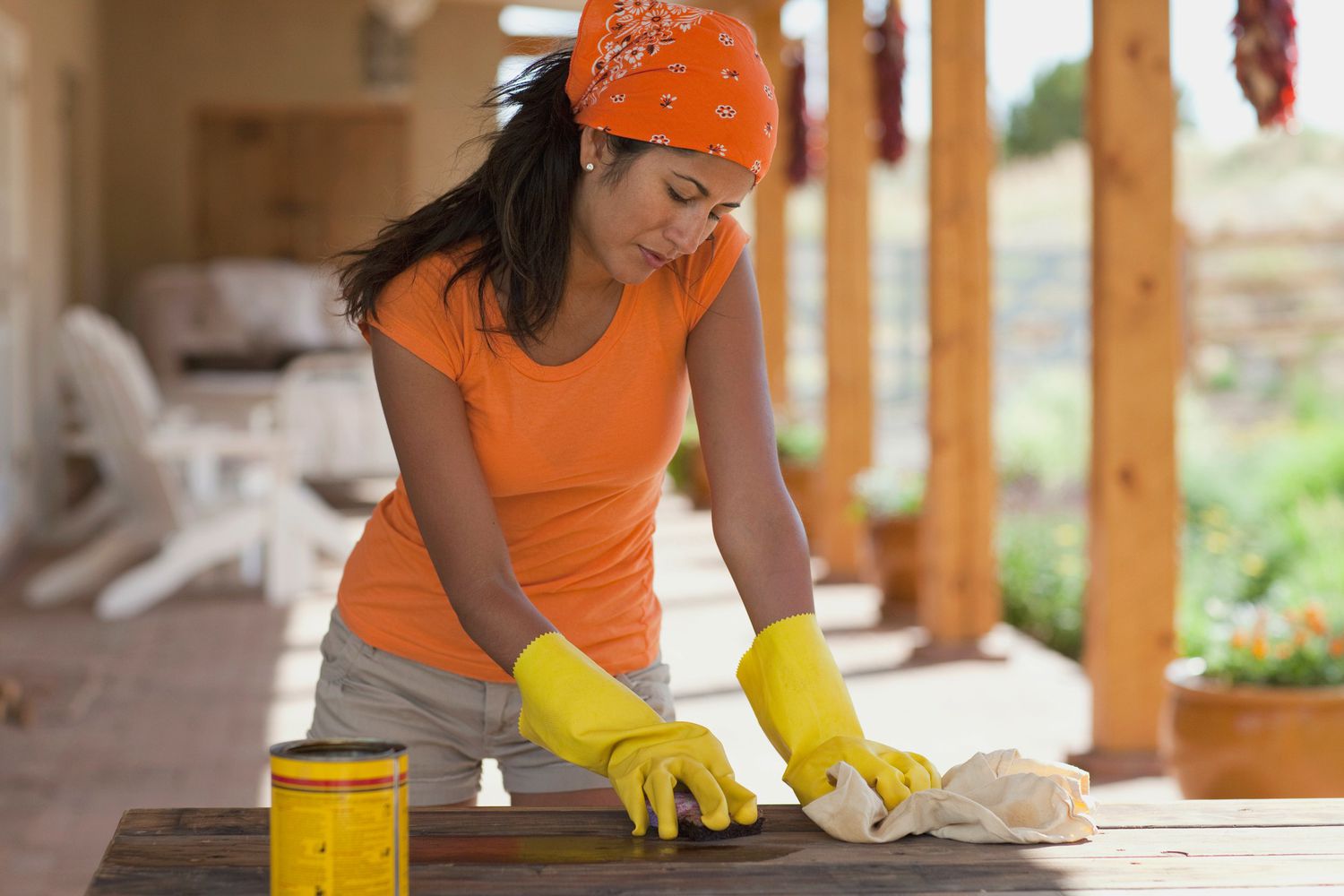
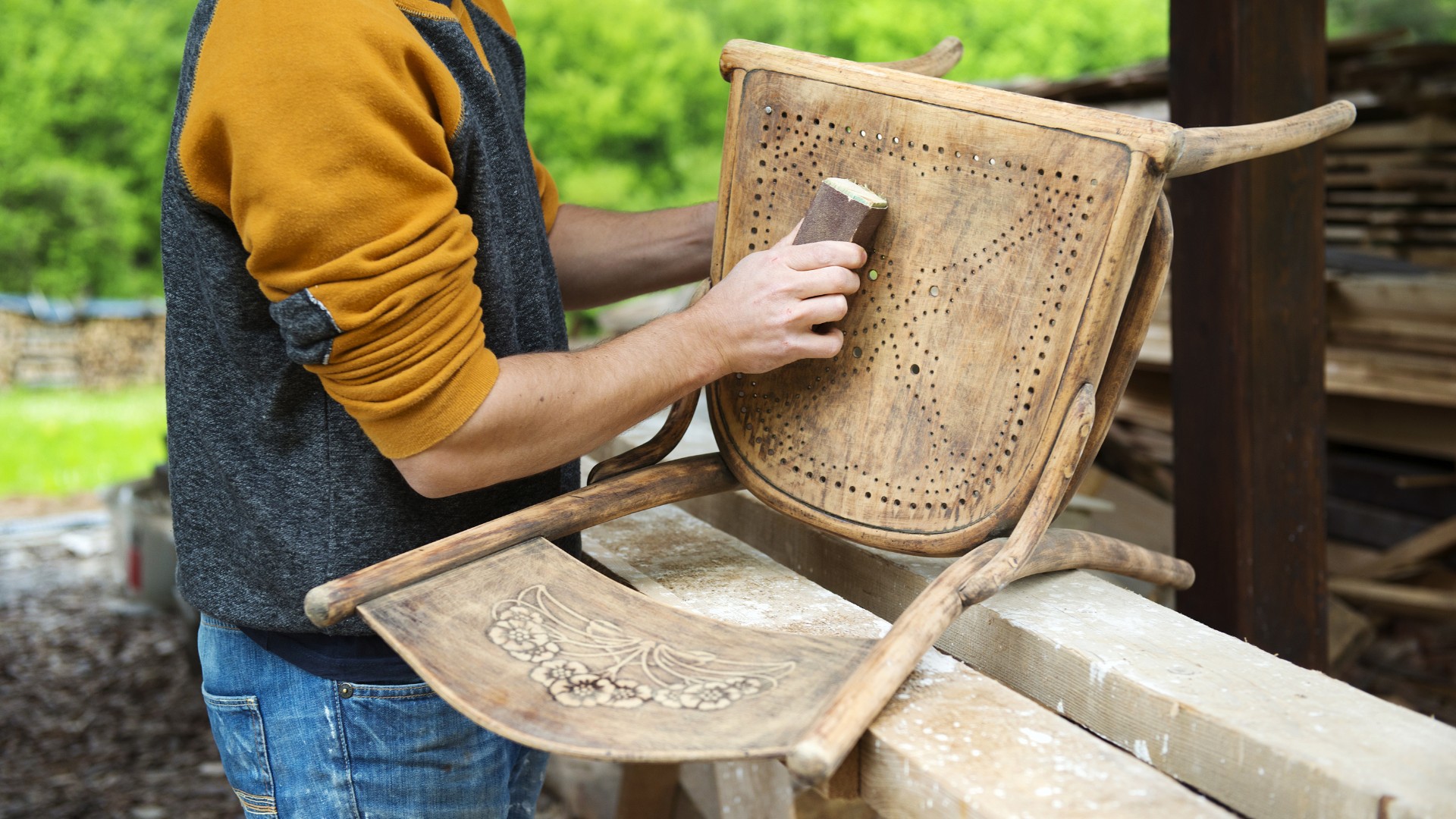
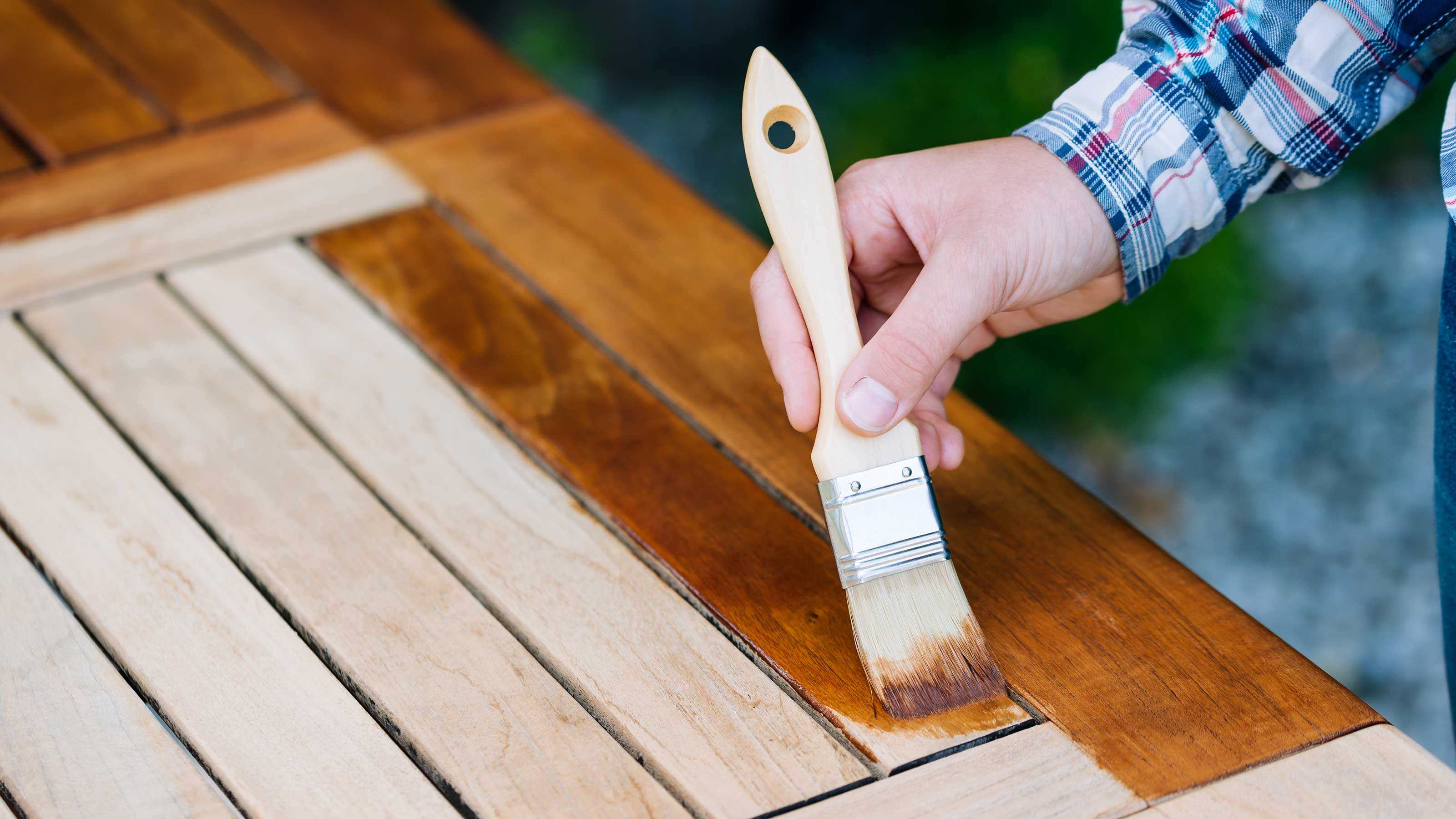
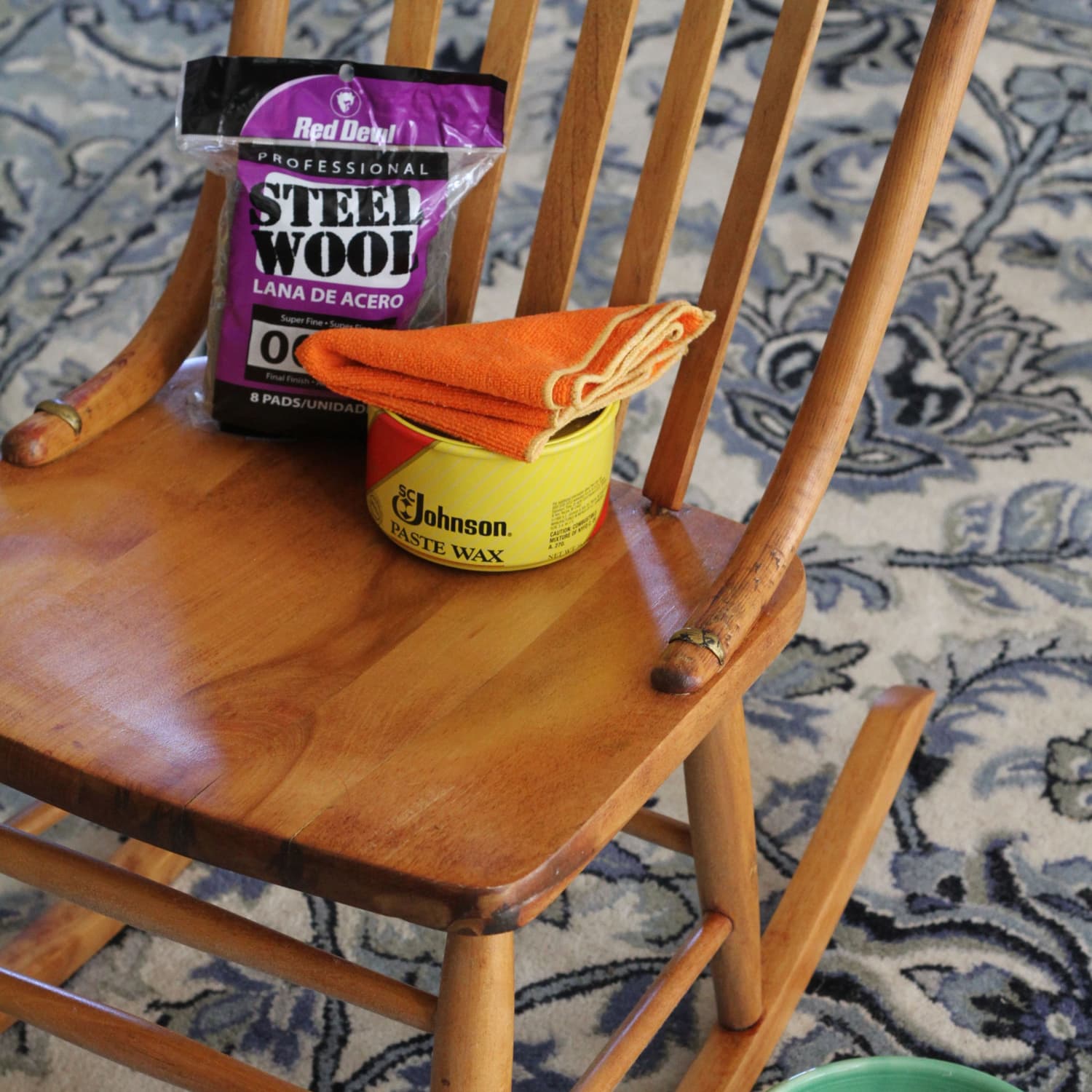
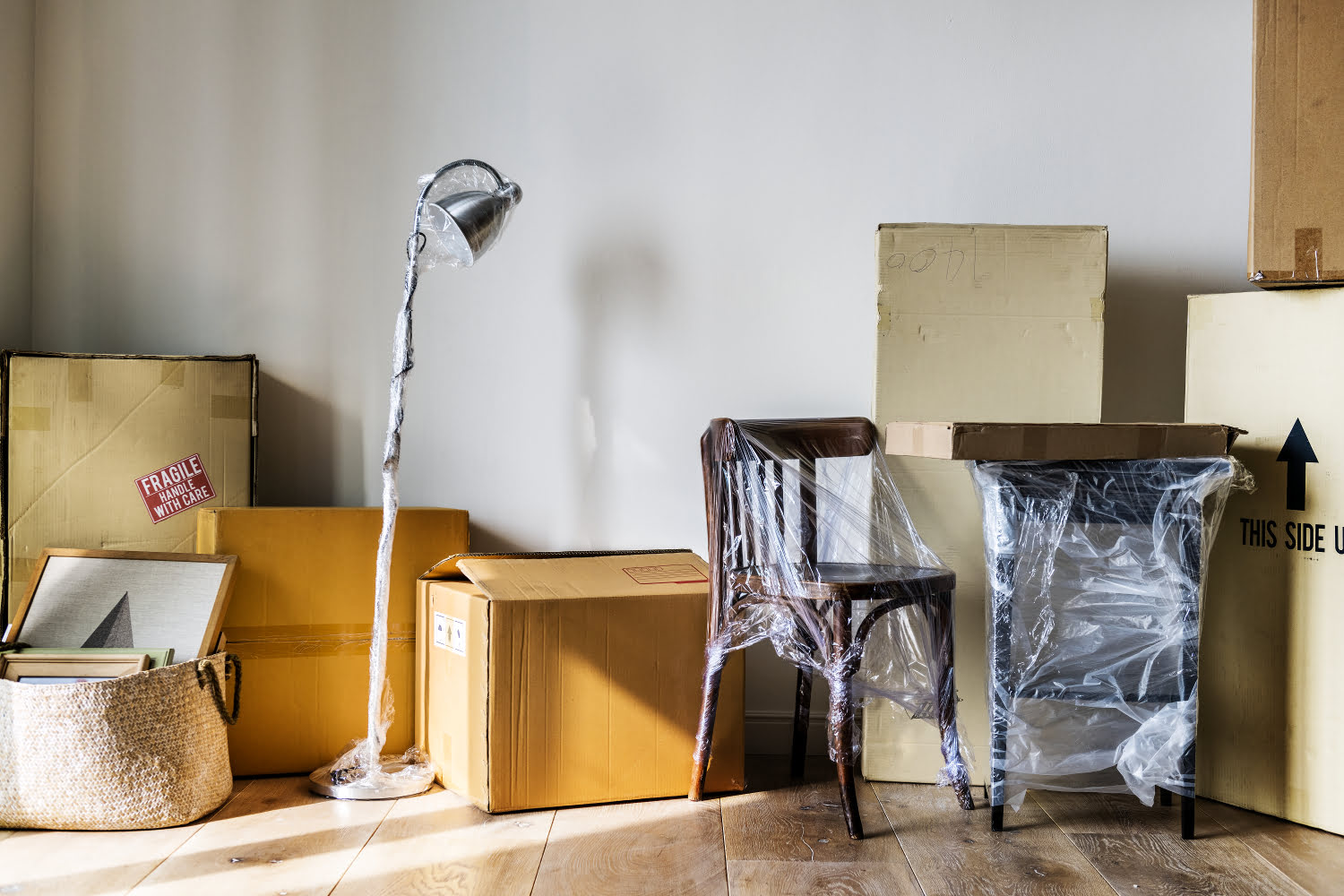
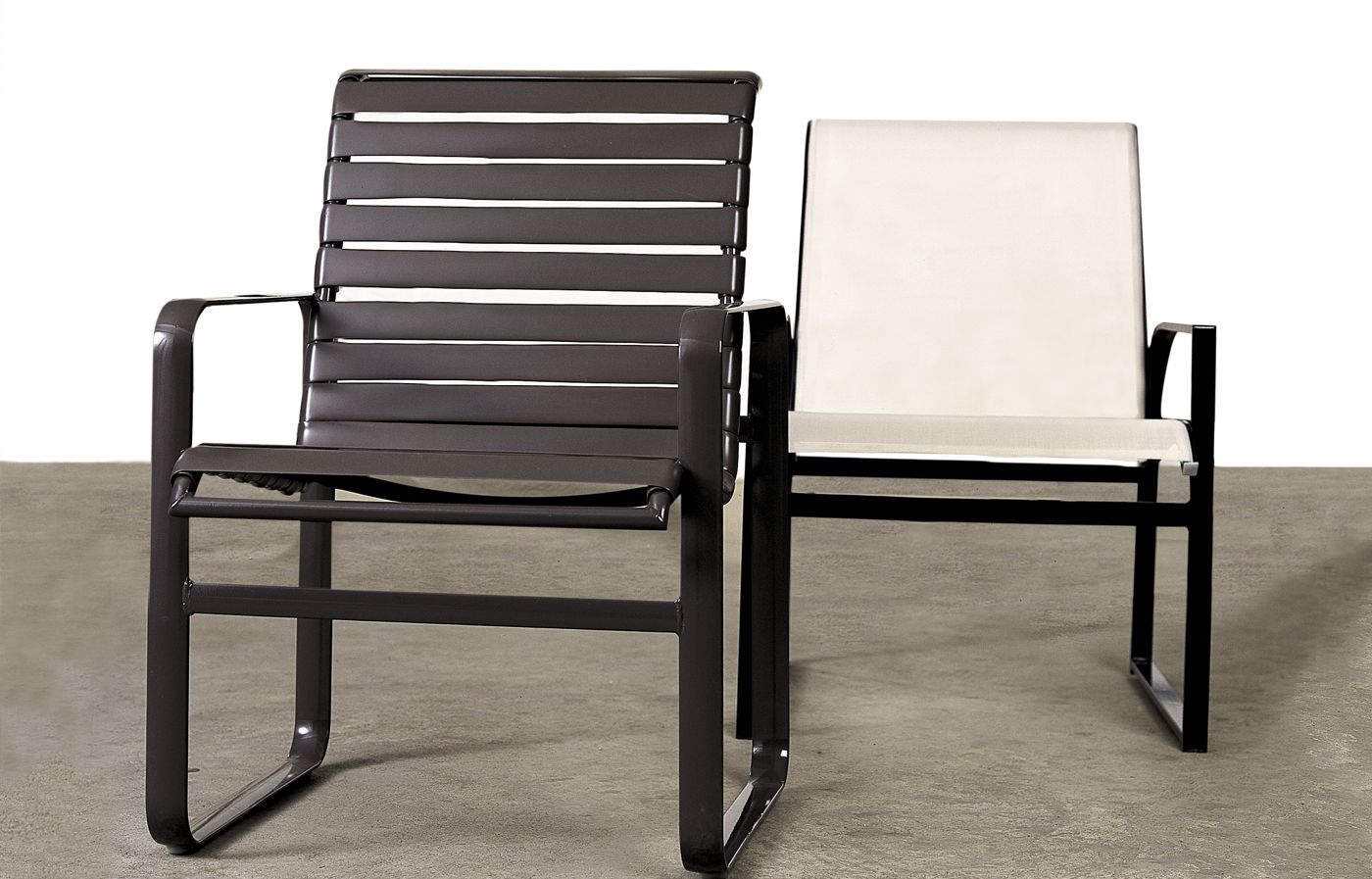
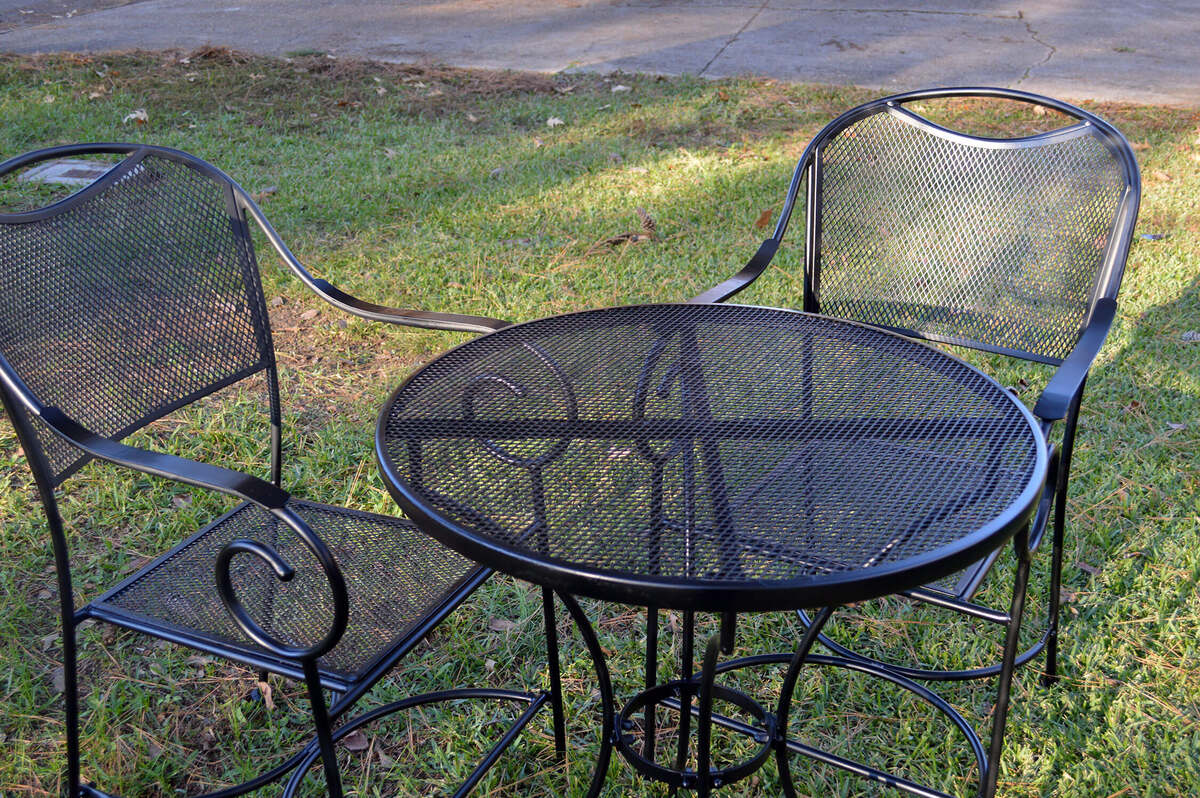
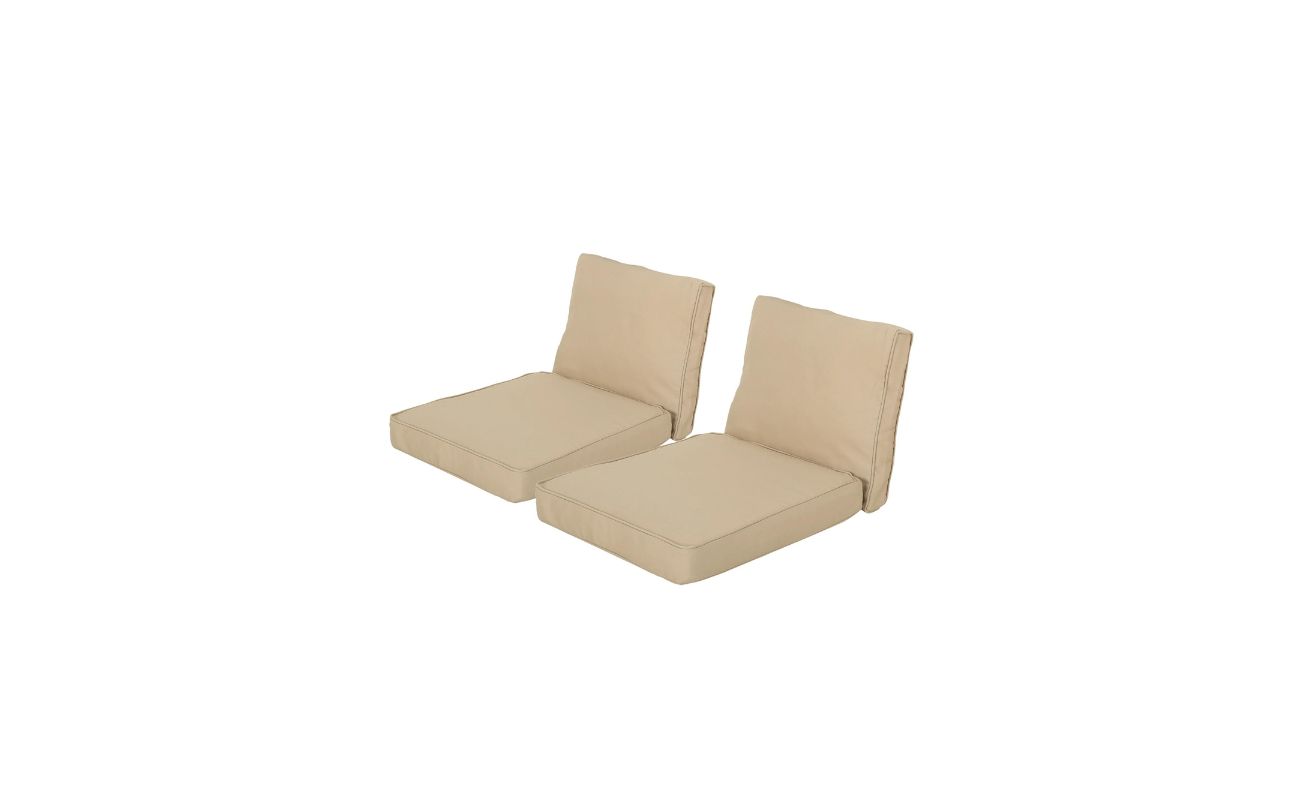
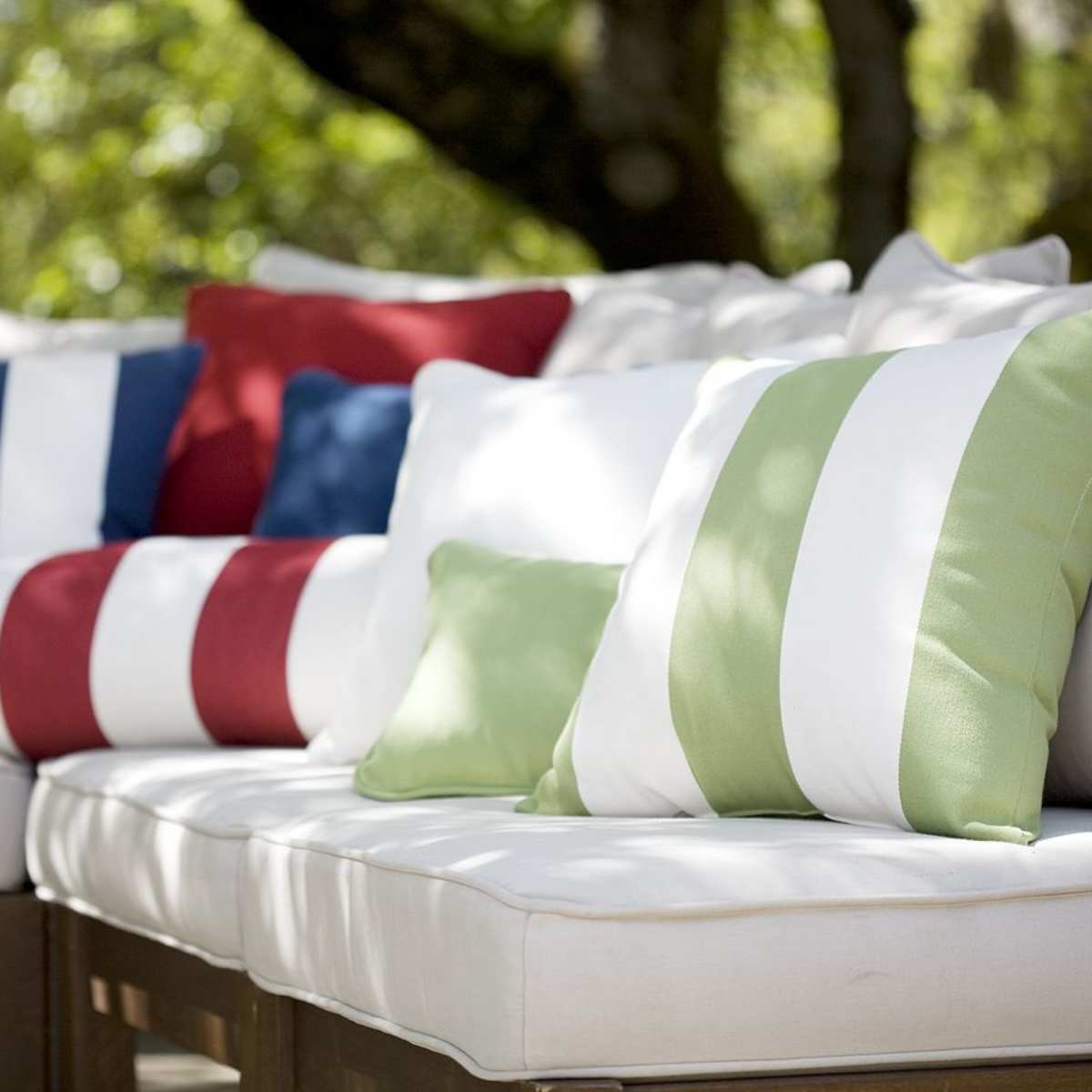

0 thoughts on “How To Restore Wooden Outdoor Furniture”